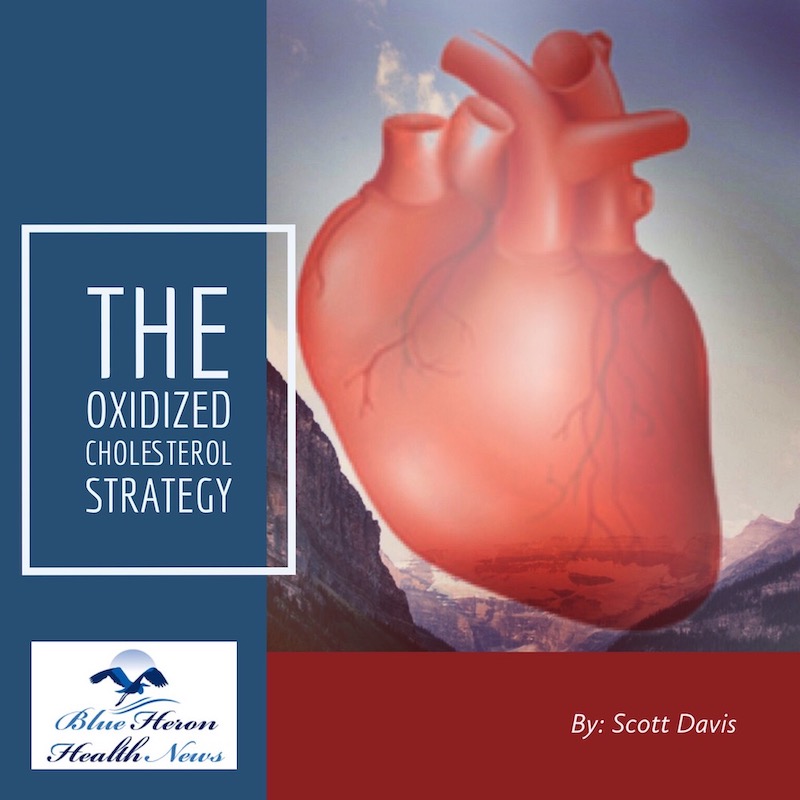
The Oxidized Cholesterol Strategy™ By Scott Davis The Oxidized Cholesterol Strategy is a well-researched program that reveals little known secret on how to tackle cholesterol plaque. This program will tell you step by step instructions on what you need to completely clean plaque buildup in your arteries so as to drop your cholesterol to healthy level.
How is oxidized cholesterol measured in the body?
How Oxidized Cholesterol is Measured in the Body
Measuring oxidized cholesterol, particularly oxidized low-density lipoprotein (oxLDL), in the body involves several advanced laboratory techniques. These methods are critical for understanding the extent of oxidative damage and its association with cardiovascular diseases and other health conditions. Here’s an in-depth look at the primary methods used to measure oxidized cholesterol:
1. Enzyme-Linked Immunosorbent Assay (ELISA)
Principle:
- ELISA is a widely used technique to measure oxLDL levels in the blood. It involves using antibodies that specifically bind to oxidized epitopes on LDL particles.
Procedure:
- Blood samples are collected from the patient and processed to obtain serum or plasma.
- The sample is then added to a microplate pre-coated with antibodies against oxLDL.
- After incubation, a secondary antibody conjugated with an enzyme is added. This enzyme reacts with a substrate to produce a measurable signal, typically a color change.
- The intensity of the color change is proportional to the concentration of oxLDL in the sample.
Advantages:
- ELISA is sensitive, specific, and relatively easy to perform.
- It allows for the quantification of oxLDL levels, providing valuable data for clinical and research purposes.
Sources:
- Clinical Chemistry ELISA for Oxidized LDL
- National Institutes of Health (NIH) Biomarkers in Cardiovascular Disease
2. Immunoassays Using Monoclonal Antibodies
Principle:
- These immunoassays use monoclonal antibodies that recognize specific oxidized epitopes on LDL particles.
Procedure:
- Blood samples are processed to isolate LDL particles.
- The sample is then incubated with monoclonal antibodies that bind specifically to oxidized regions of LDL.
- Various detection methods, such as fluorescence or chemiluminescence, are used to quantify the bound oxLDL.
Advantages:
- High specificity and sensitivity due to the use of monoclonal antibodies.
- These assays can provide detailed information about the extent of LDL oxidation.
Sources:
- Atherosclerosis Monoclonal Antibody-Based Assays
- Clinical Biochemistry Immunoassays for OxLDL
3. Liquid Chromatography-Mass Spectrometry (LC-MS)
Principle:
- LC-MS is a powerful analytical technique that combines liquid chromatography (LC) for separation of compounds with mass spectrometry (MS) for detection and quantification.
Procedure:
- Blood samples are processed to extract lipoproteins.
- The extracted samples are then subjected to liquid chromatography to separate oxLDL from other components.
- The separated components are introduced into a mass spectrometer, where they are ionized and their mass-to-charge ratios are measured.
- Specific oxidized lipids and their breakdown products are quantified based on their unique mass spectra.
Advantages:
- LC-MS provides high specificity and sensitivity.
- It can identify and quantify specific oxidized lipid molecules within the oxLDL particles.
Sources:
- Journal of Lipid Research LC-MS for Oxidized Lipids
- Analytical Chemistry Advanced LC-MS Techniques
4. Flow Cytometry
Principle:
- Flow cytometry is used to measure the properties of cells or particles as they flow in a fluid stream through a beam of light.
Procedure:
- Blood samples are processed to isolate LDL particles or peripheral blood mononuclear cells (PBMCs) that have taken up oxLDL.
- The isolated particles or cells are labeled with fluorescent antibodies specific for oxLDL.
- The labeled samples are passed through a flow cytometer, which uses lasers to excite the fluorescent labels and detectors to measure the emitted light.
- The data is analyzed to quantify the proportion of oxLDL-positive particles or cells.
Advantages:
- Provides detailed information on the cellular uptake of oxLDL and its distribution among different cell types.
- Can be used to study the effects of oxLDL on immune cells and their role in atherosclerosis.
Sources:
- Cytometry Part A Flow Cytometry for OxLDL
- Journal of Immunological Methods Flow Cytometry in Lipid Research
Conclusion
Measuring oxidized cholesterol involves various advanced techniques, each with its own advantages. ELISA and immunoassays using monoclonal antibodies provide high sensitivity and specificity. LC-MS offers detailed molecular insights, while flow cytometry allows for the study of cellular interactions with oxLDL. These methods are crucial for understanding the role of oxidized cholesterol in cardiovascular diseases and for developing targeted therapies.
References
- Clinical Chemistry: ELISA for Oxidized LDL
- National Institutes of Health (NIH): Biomarkers in Cardiovascular Disease
- Atherosclerosis: Monoclonal Antibody-Based Assays
- Clinical Biochemistry: Immunoassays for OxLDL
- Journal of Lipid Research: LC-MS for Oxidized Lipids
- Analytical Chemistry: Advanced LC-MS Techniques
- Cytometry Part A: Flow Cytometry for OxLDL
- Journal of Immunological Methods: Flow Cytometry in Lipid Research
The Oxidized Cholesterol Strategy™ By Scott Davis The Oxidized Cholesterol Strategy is a well-researched program that reveals little known secret on how to tackle cholesterol plaque. This program will tell you step by step instructions on what you need to completely clean plaque buildup in your arteries so as to drop your cholesterol to healthy level.
